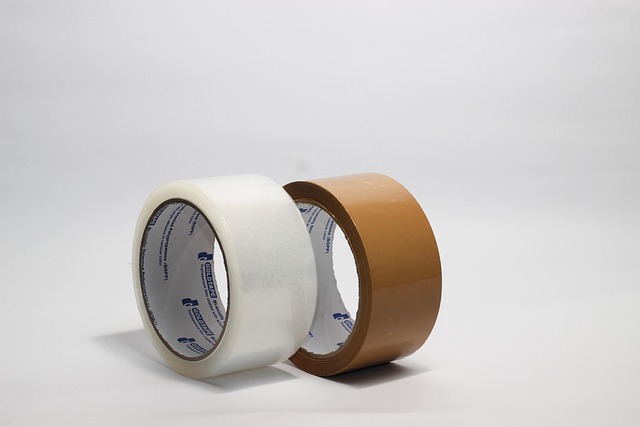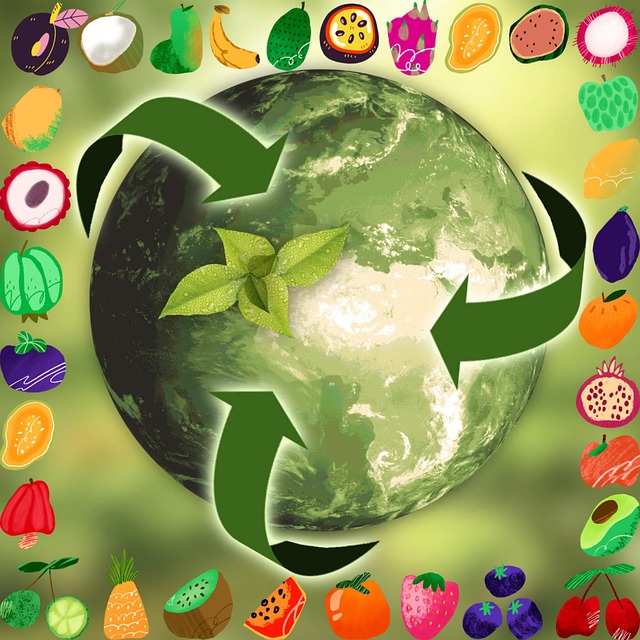The Sustainability of Glue Laminated Beams (GLulam) offers an eco-friendly construction approach using surplus timber to create durable beams. GLulam can be recycled and repurposed, reducing waste and environmental impact. Organizations advocate for these practices, promoting a circular economy and sustainable building materials. Glulam recycling programs aim to cut construction waste, reduce carbon footprint, and offer cost savings while maintaining structural integrity. Regulatory changes and growing awareness support the positive future prospects of GLulam recycling in the industry.
The construction industry is increasingly focused on achieving sustainability goals, and one innovative approach involves exploring the recycling of glue laminating beams (GLulam). This structural element, composed of laminated wood veneers bonded with glue, offers exceptional strength and versatility. This article delves into the potential of GLulam recycling programs to reduce construction waste, lower carbon emissions, and foster a circular economy while examining its environmental and economic benefits and the regulatory landscape shaping its future.
- Understanding Glue Laminated Beams (GLulam) Structure and Recycling
- Benefits of GLulam Recycling for Construction Waste Reduction
- Environmental Impact: Lowering Carbon Footprint through Recycling
- Economic Viability: Cost Savings in Construction Materials
- Enhancing Circular Economy: Reusing GLulam in New Projects
- Regulatory Framework and Future Prospects in GLulam Recycling
Understanding Glue Laminated Beams (GLulam) Structure and Recycling

Glue Laminated Beams (GLulam) are engineered wood structures created by gluing together multiple layers of timber lamination, resulting in strong and durable beams. This innovative construction technique has long been recognized for its sustainability benefits, particularly in the context of sustainable timber frame construction. The process involves utilizing surplus timber from various sources, reducing waste that would otherwise end up in landfills. By combining these leftover pieces into larger structural elements, GLulam recycling programs contribute to energy-saving wooden beam design and more efficient use of natural resources.
The recycling aspect comes into play when old or surplus GLulam components are collected and reprocessed. Through specialized treatment and remanufacturing, these materials can be transformed into new building products, closing the loop on their life cycle. This not only minimizes the environmental impact but also provides a cost-effective solution for builders and developers. Organizations like unalam.com are at the forefront of promoting these eco-friendly practices, championing the sustainability of Glue Laminated Beams in the construction industry.
Benefits of GLulam Recycling for Construction Waste Reduction

The implementation of glulam recycling programs offers a promising path toward achieving significant construction waste reduction and enhancing sustainability. Glue laminating, or GLulam, is a highly efficient and strong structural material that can be repurposed and recycled, thus diverting it from landfills. This process not only benefits the environment by minimizing waste but also provides an innovative solution for builders and architects seeking sustainable structural alternatives.
GLulam recycling programs contribute to the development of what are considered sustainable building materials options, offering a viable alternative to traditional steel or concrete. Laminated beams, known for their superior strength compared to conventional timber, can be recycled and remolded into new products, reducing the demand for raw materials. By embracing these sustainable structural solutions, the construction industry can significantly lower its carbon footprint, as it does not have to rely heavily on energy-intensive production methods of steel or concrete. Visit us at unalam.com to learn more about the impact of GLulam recycling in fostering a greener construction landscape.
Environmental Impact: Lowering Carbon Footprint through Recycling

The implementation of glulam recycling programs significantly contributes to the sustainability goals in construction. By focusing on the environmental impact, these initiatives play a pivotal role in lowering the carbon footprint associated with structural components. Glue laminated beams, known for their strength and versatility, can now be part of a circular economy. When recycled, these materials become a sustainable alternative for constructing buildings, reducing the demand for new resources.
This shift towards using recycled material construction beams not only benefits the environment but also opens up avenues for innovative biodegradable engineering solutions. As we explore what are sustainable structural solutions, it’s encouraging to see how glulam recycling programs can be a game-changer in the industry. For more insights, visit us at unalam.com.
Economic Viability: Cost Savings in Construction Materials

The economic viability of glulam recycling programs is a significant factor in their growing popularity within the construction industry. By reusing and repurposing glue laminated beams, builders can achieve substantial cost savings compared to traditional material procurement methods. This is particularly beneficial for eco-conscious home construction projects, where sustainability is a key priority. The market price fluctuations of conventional lumber are minimized with glulam, ensuring consistent pricing and long-term financial stability for contractors.
Furthermore, the energy-saving wooden beam design associated with glulam offers additional economic advantages. These beams require less processing than solid wood lumber, reducing waste and labor costs. As a result, builders can offer competitive pricing without compromising on structural integrity or the environmental benefits of sourcing sustainable lumber for buildings. For those seeking to implement green building practices, give us a call at (607) 369-9341 to explore how glulam recycling programs can contribute to your project’s success while promoting construction sustainability.
Enhancing Circular Economy: Reusing GLulam in New Projects

In the pursuit of enhancing construction sustainability, glulam recycling programs are playing a pivotal role in promoting a circular economy. Glue laminated beams (GLulam), known for their superior strength and durability, can be reused and repurposed in new projects, significantly reducing waste and the ecological impact of wood lamination. This innovative approach not only minimizes the demand for fresh timber but also preserves the glue laminate’s exceptional properties, making it a viable alternative to traditional beams.
By adopting glulam recycling, construction industries can contribute to the preservation of natural resources while ensuring structural integrity in buildings. The strength and versatility of GLulam allow for its integration into various architectural designs, catering to both modern aesthetics and functional requirements. For those seeking sustainable solutions, give us a call at (607) 369-9341 to explore how glulam recycling programs can be tailored to meet your construction needs while fostering a greener future.
Regulatory Framework and Future Prospects in GLulam Recycling

The regulatory landscape surrounding glulam recycling is evolving, reflecting growing global concerns about construction sustainability. Governments and industry bodies are introducing stricter environmental standards and incentivizing eco-friendly practices, including the responsible disposal and recycling of structural materials like glue laminated beams (GLulams). These regulations aim to reduce waste, minimize the reliance on virgin resources, and promote a circular economy in the construction sector.
The future prospects for GLulam recycling look promising as innovation drives the industry forward. Advancements in recycling technologies and increased awareness of sustainable building practices are paving the way for more efficient and cost-effective GLulam recycling programs. By focusing on reusing materials for beams, such as those derived from GLulams, the construction industry can enhance its sustainability credentials. For those interested in learning more about our efforts to promote durable and sustainable beams through recycling, be sure to visit us at unalam.com.
The recycling of Glue Laminated Beams (GLulam) presents a promising path towards more sustainable construction practices. By implementing efficient GLulam recycling programs, the construction industry can significantly reduce waste, lower carbon emissions, and achieve cost savings. This article has explored the various advantages, from environmental benefits to economic viability, highlighting the potential for GLulam to contribute to a circular economy. As regulatory frameworks evolve, continued innovation and collaboration will be key to unlocking the full sustainability potential of this material, ensuring a greener future for the construction sector.














